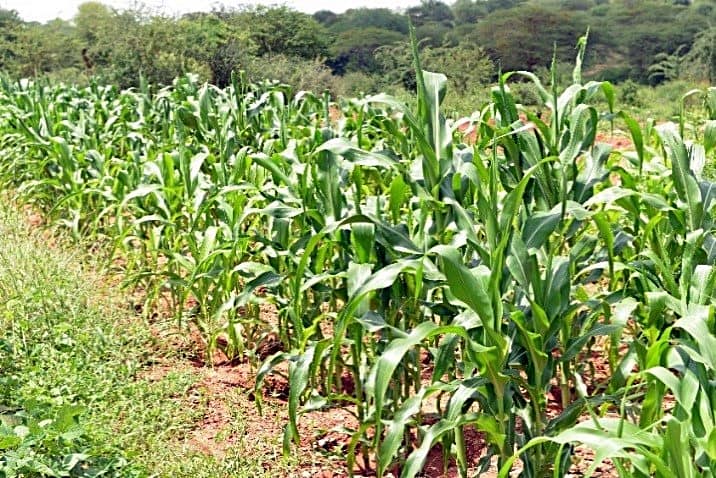OPINION: Investing in soil health key to closing the yield gaps
- From
-
Published on
30.07.19
- Impact Area

Even without climate change, there is an enormous challenge to meet the growing demand for food with the current status of soil health in sub-Saharan Africa (SSA). By 2050, SSA’s population will increase 2.5-fold and demand for cereals will approximately triple. Current cereal consumption already depends on substantial imports. To maintain the current level of about 80% cereal self-sufficiency, by 2050, nearly complete closure of the gap between current farm yields and water-limited yield potential is needed, which is in the range of 20 to 50%. Failure to close the yield gap on existing cropland will result in expansion of cultivation to less favourable land, resulting in biodiversity loss and increased greenhouse gas emissions and dependency on imported food.
The post OPINION: Investing in soil health key to closing the yield gaps appeared first on Agroforestry World.
Related news
-

ICRISAT to Deliver World-Class Services as CGIAR’s Breeding Resources South Asia Hub
International Crops Research Institute for the Semi-Arid Tropics (ICRISAT)07.07.25-
Biodiversity
-
Food security
Strategic collaboration to scale innovation and deliver harmonized, high-quality support across CGIA…
Read more -
-

Multifunctional Landscapes that reconcile food production, with ecosystem restoration and biodiversity conservation
Multifunctional Landscapes Science Program06.07.25-
Biodiversity
-
Environmental health & biodiversity
The CGIAR Multifunctional Landscapes Science Program (MFL SP) is driven by a bold vision of…
Read more -
-

Mapping for Resilience: How Spatial Data is Transforming Karamoja Cluster
Ibukun Taiwo02.07.25-
Climate adaptation & mitigation
Pastoral communities in the Karamoja Cluster (a region spanning Kenya, Uganda, South Sudan, and Ethi…
Read more -
